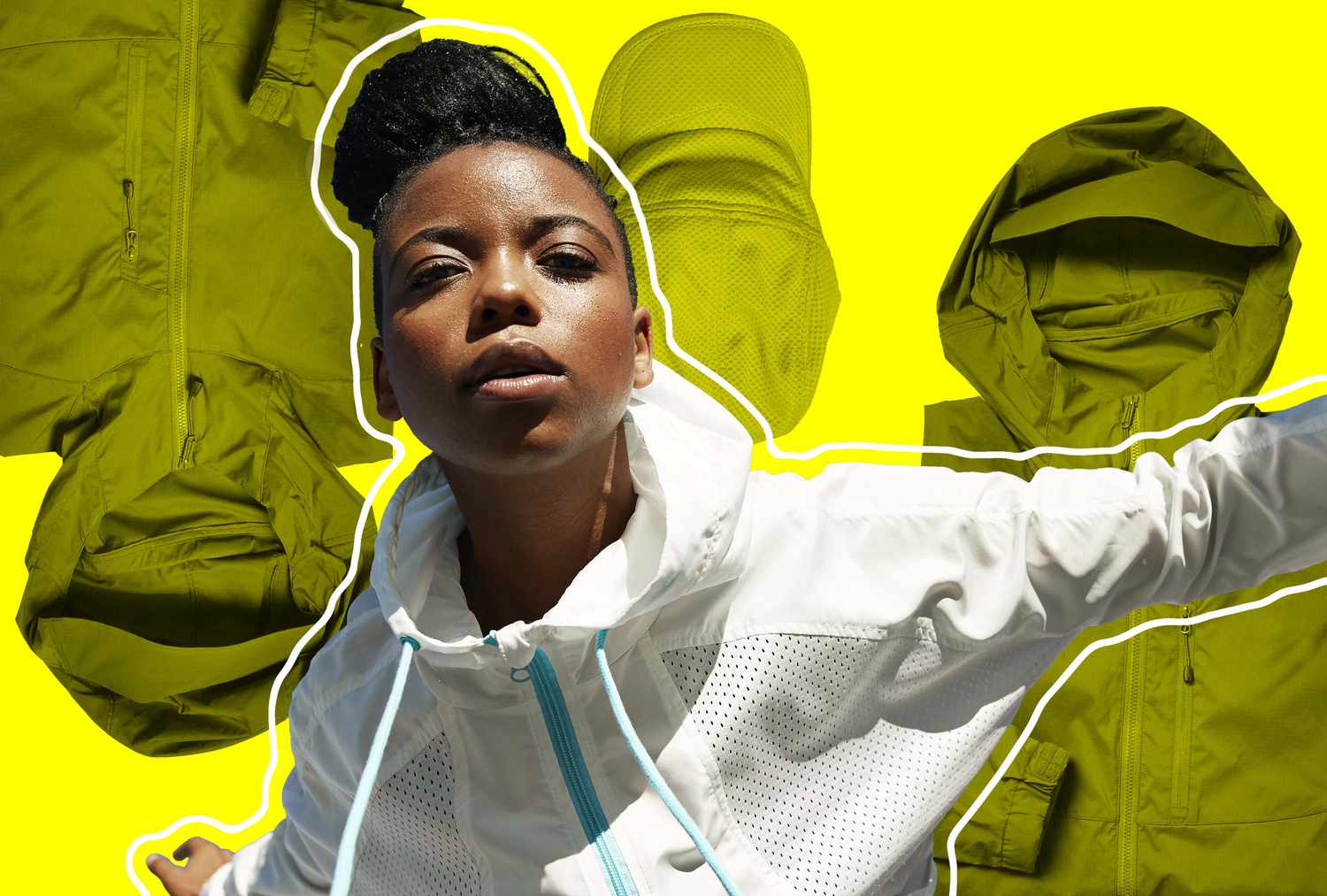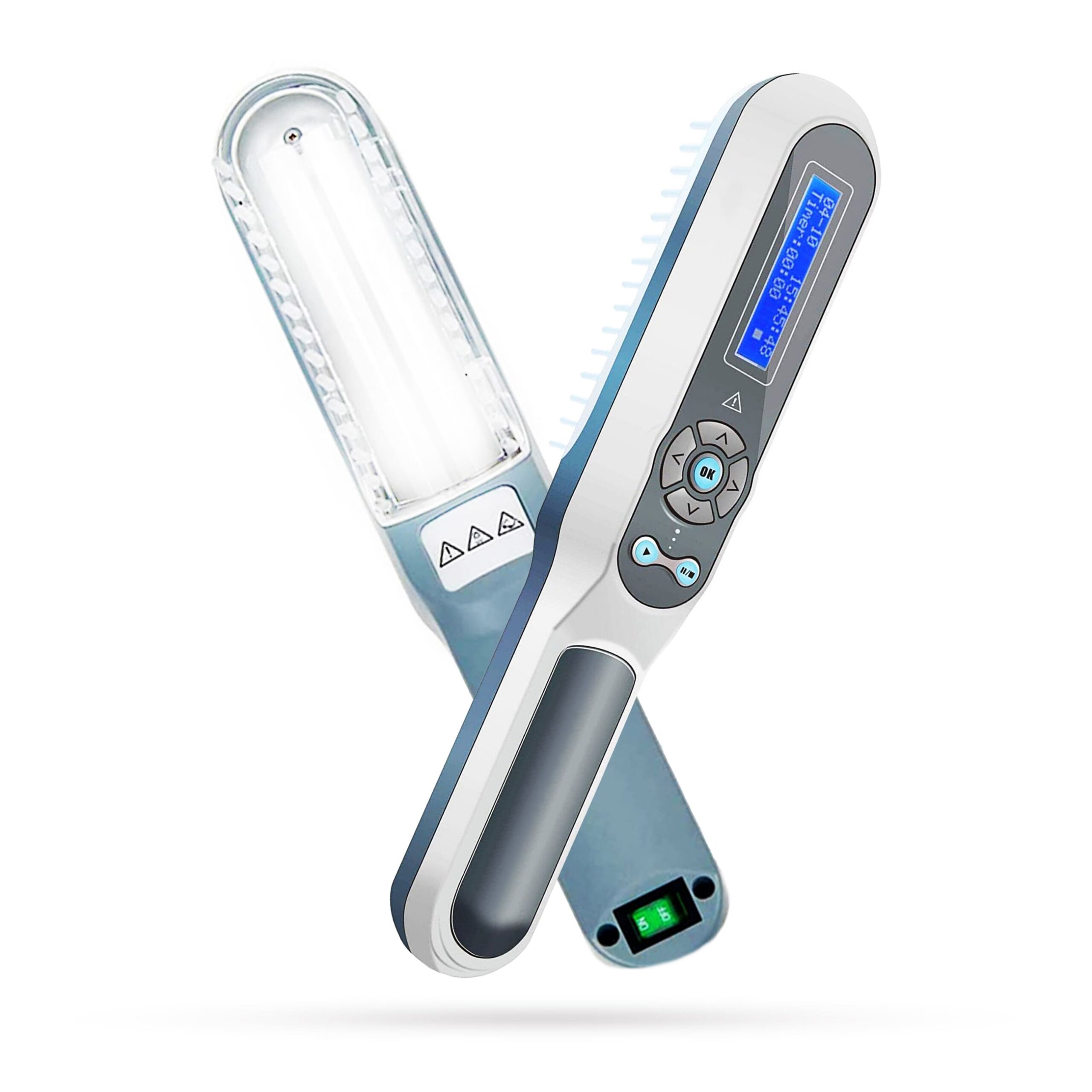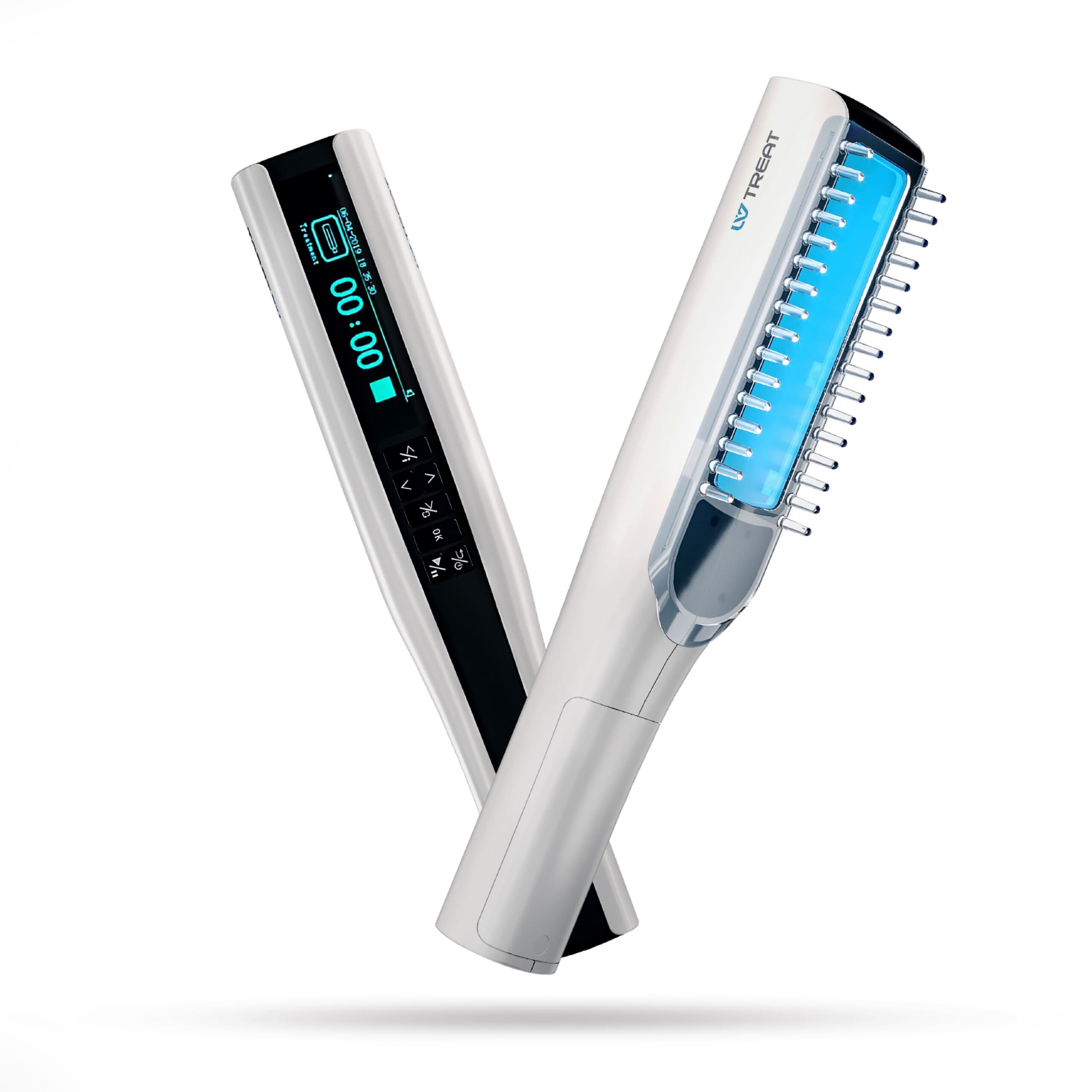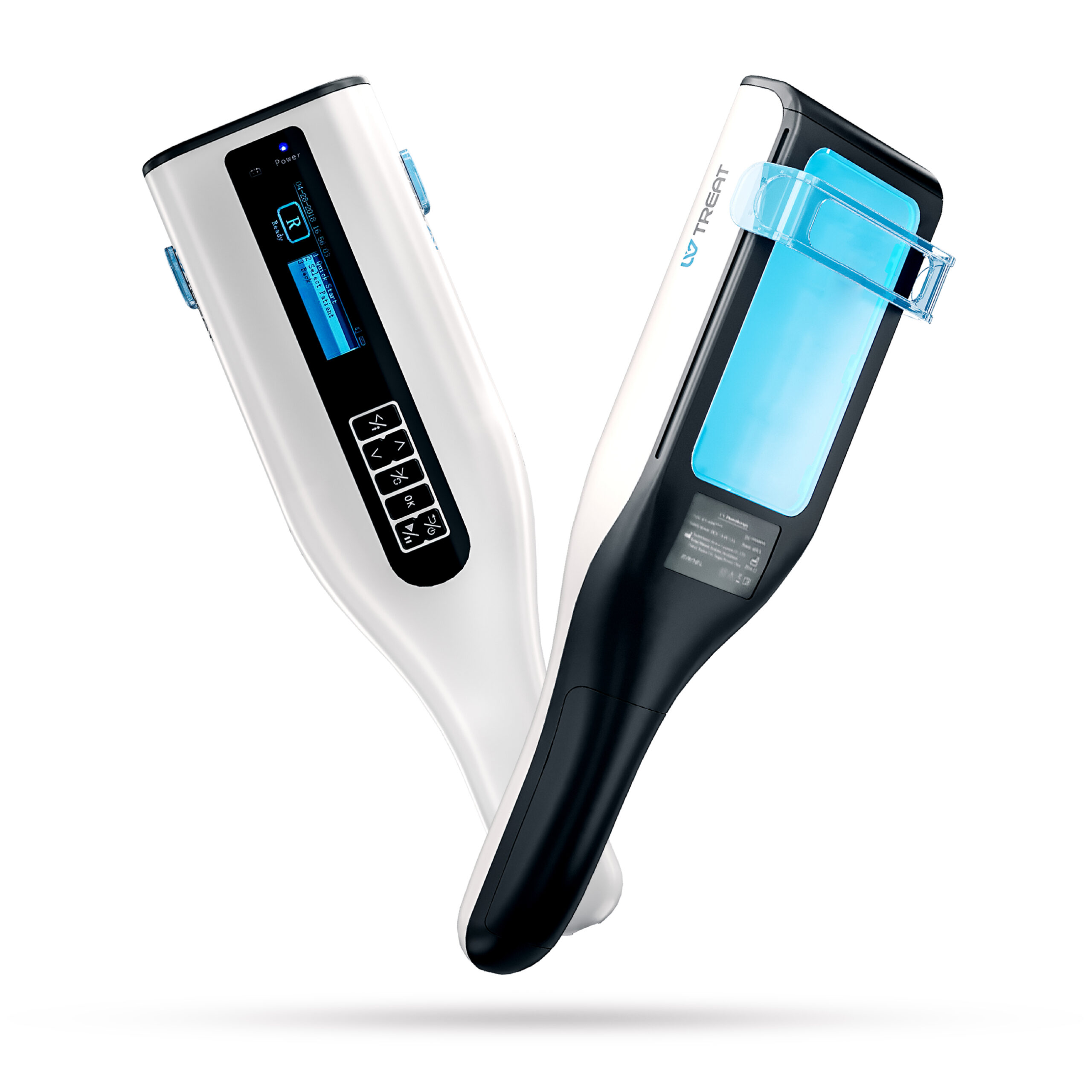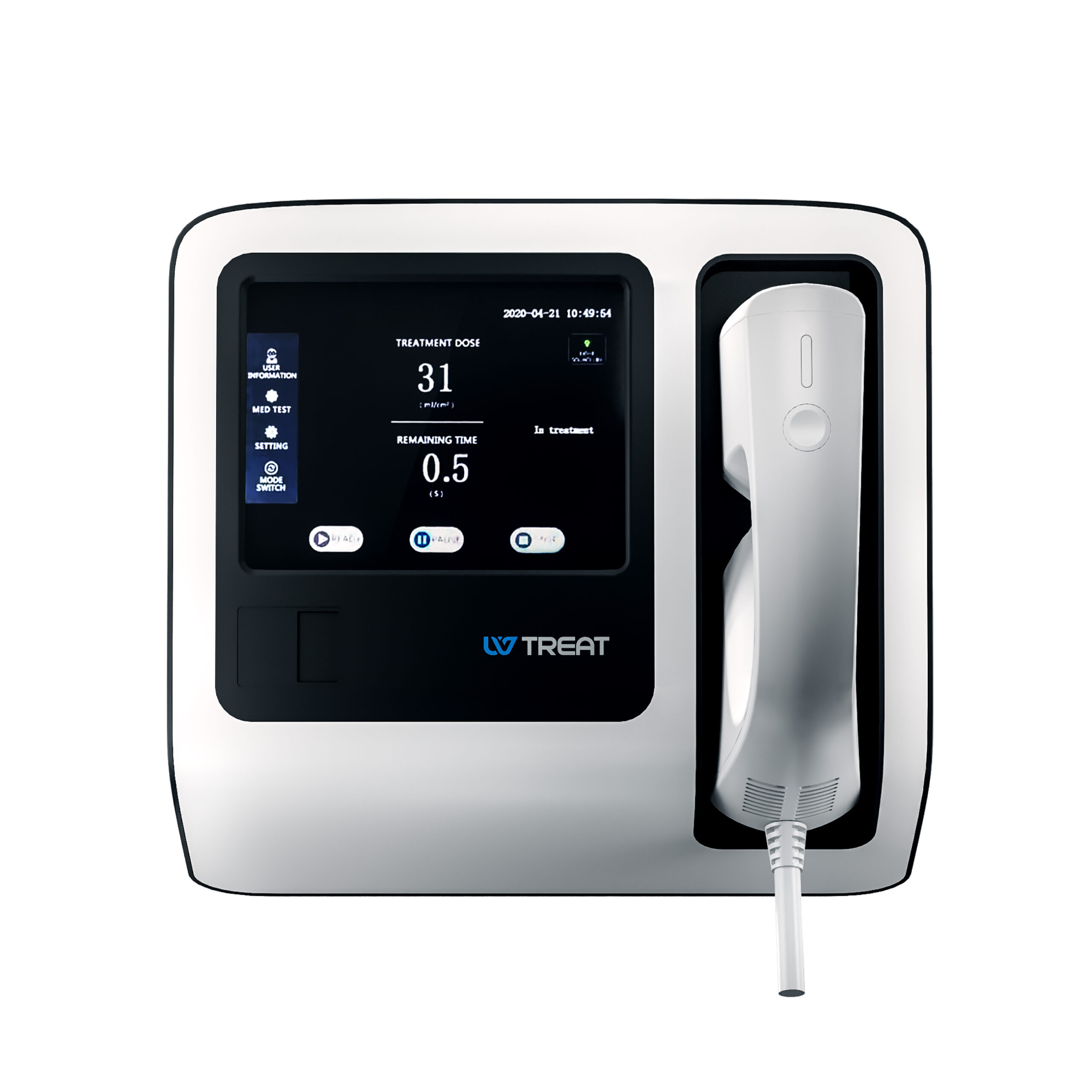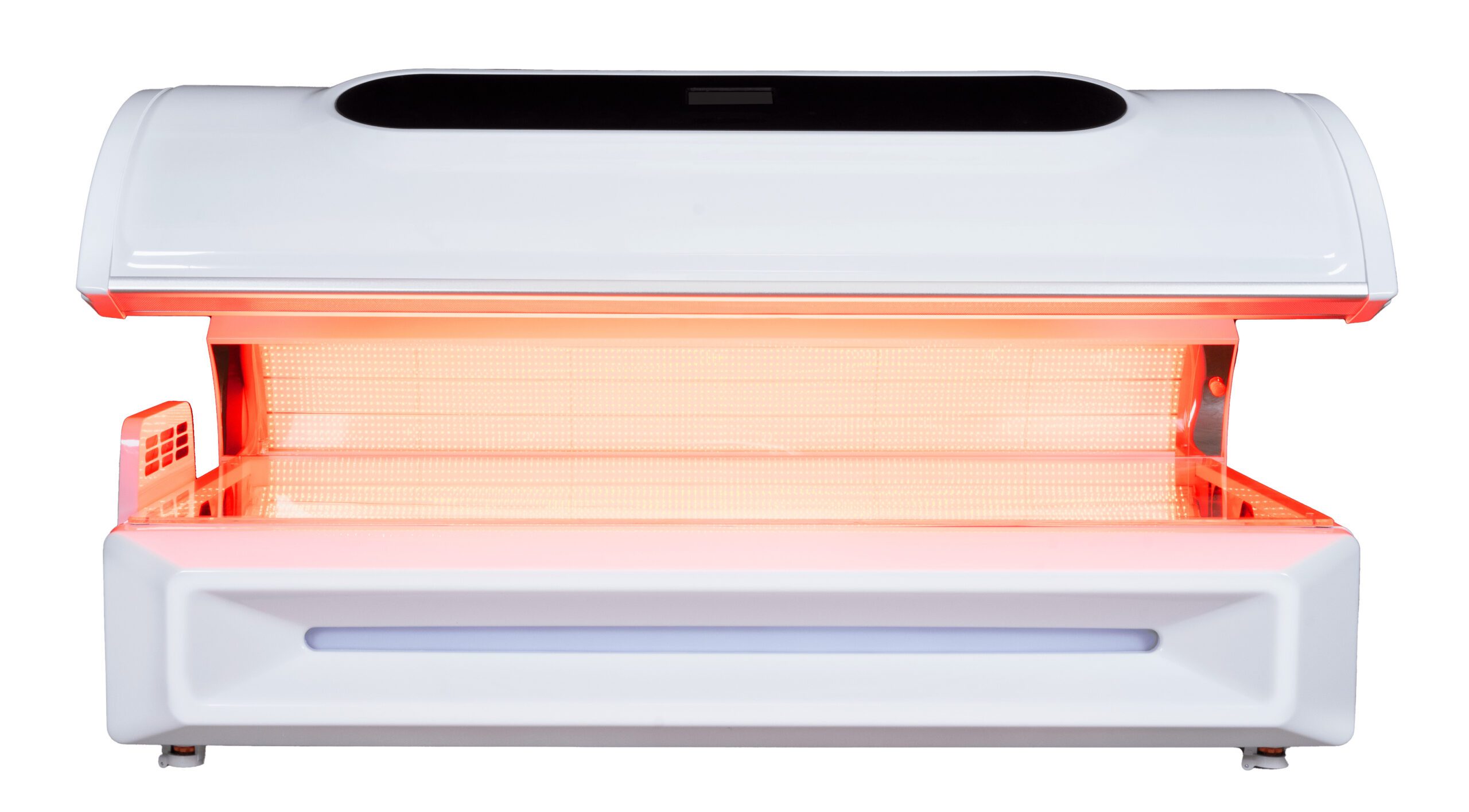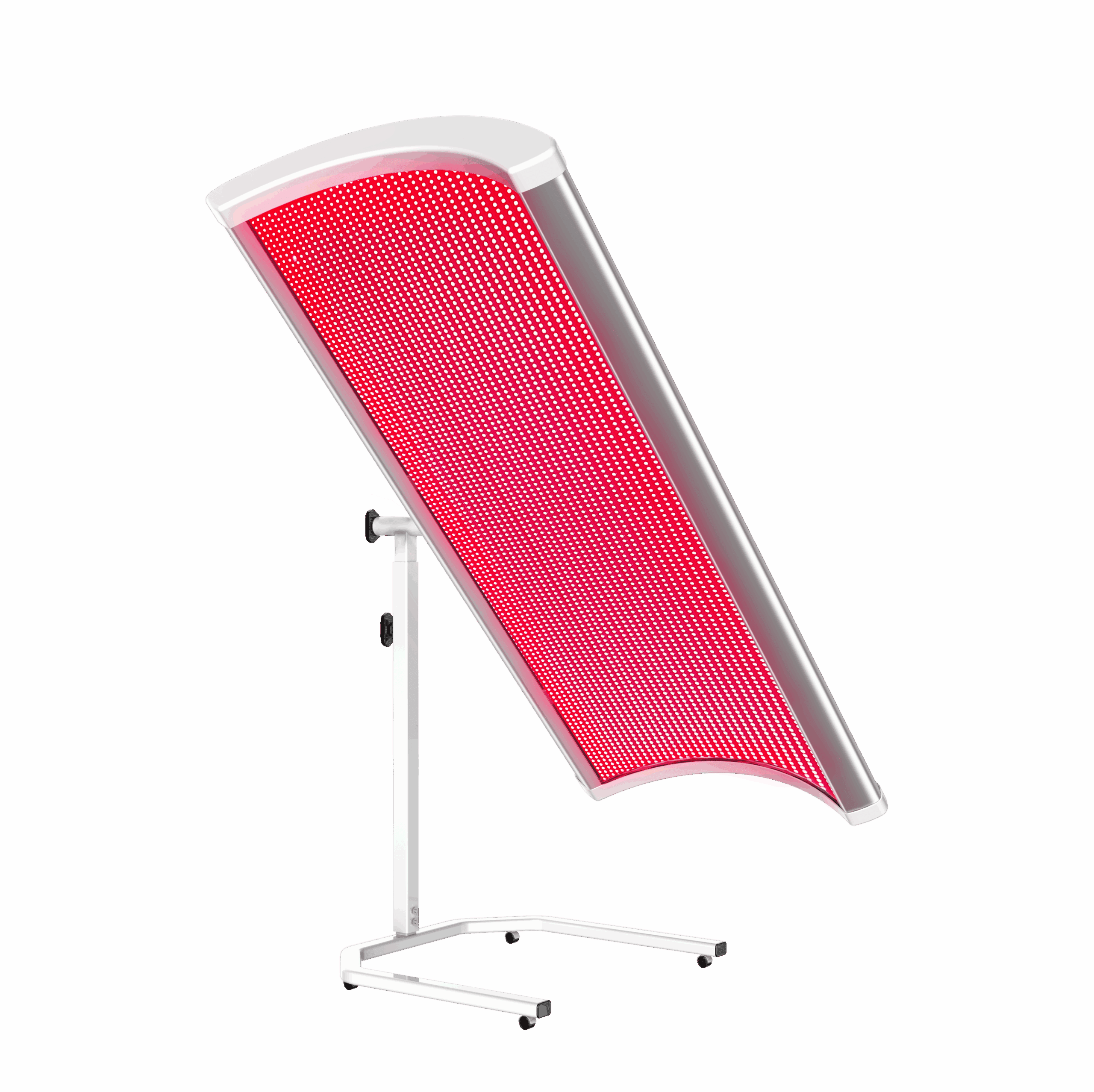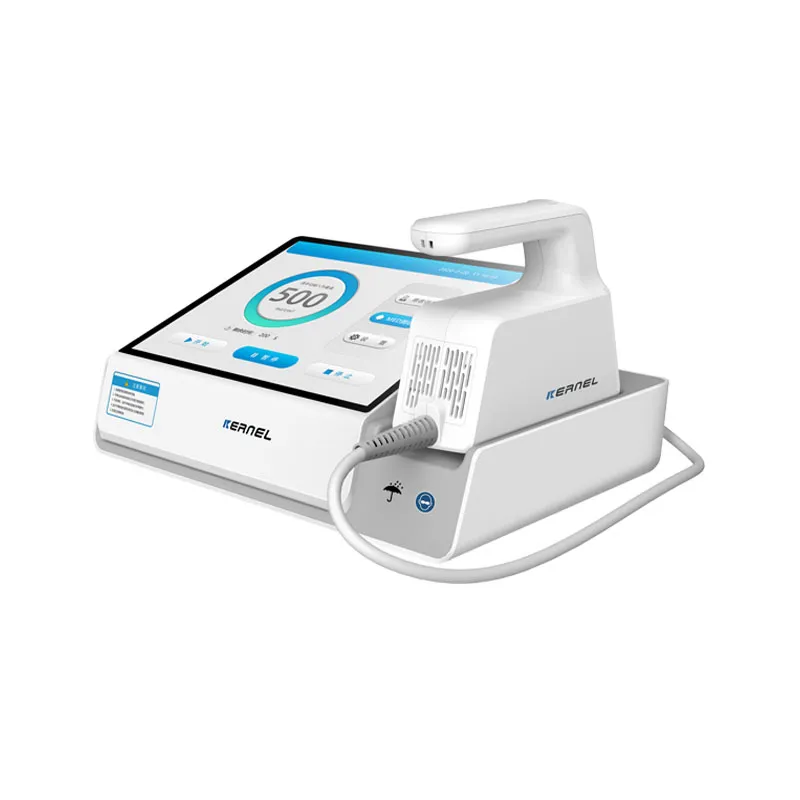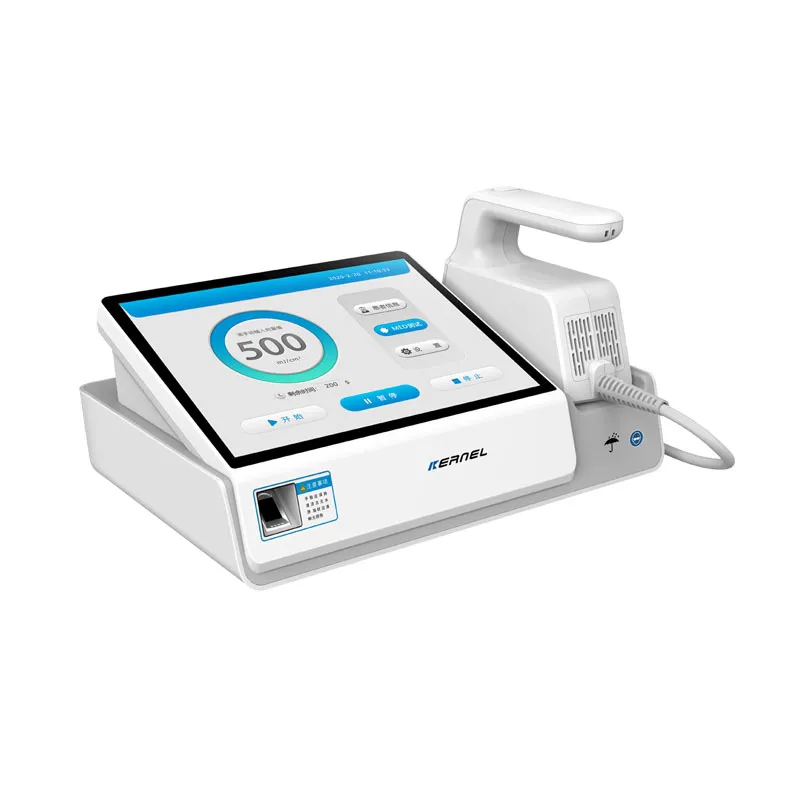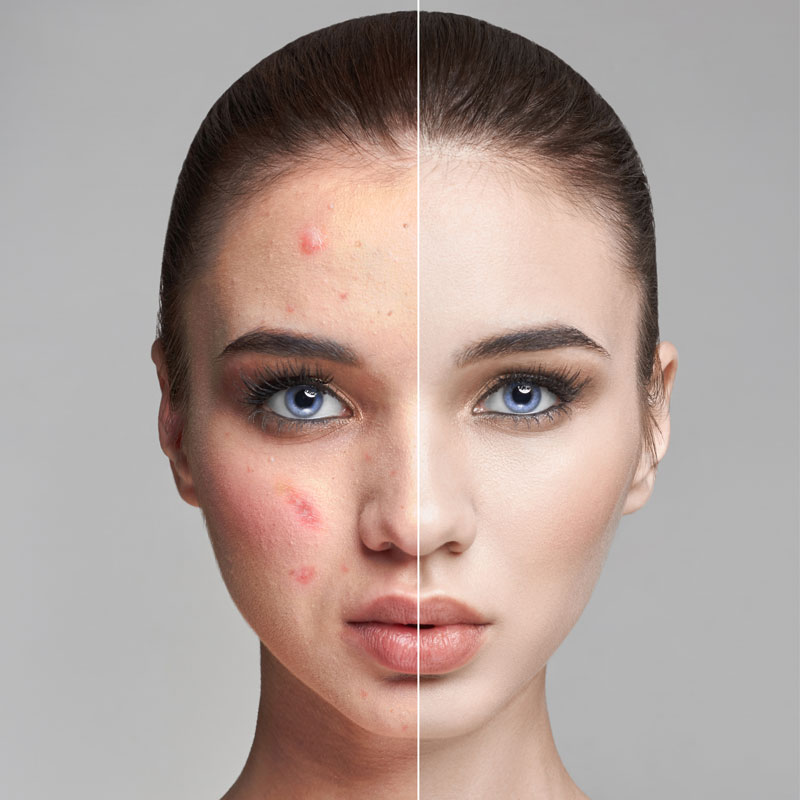When it comes to protecting our skin from harmful UV radiation, sun-protection clothing can be an incredibly effective tool. Known as UPF (Ultraviolet Protection Factor) clothing, these garments are specifically designed to block out a significant portion of the sun’s ultraviolet rays. However, the effectiveness of UPF clothing depends on a variety of factors, from the type of fabric to the fit and color of the garment. Here are some detailed guidelines on how to choose the best sun-protection (UPF) clothing to ensure you stay safe while enjoying outdoor activities.
Understanding UPF Ratings
UPF is the measurement used to quantify how much UV radiation can penetrate a fabric and reach your skin. A UPF rating of 30 means that only 1/30th (approximately 3%) of UV radiation can pass through the fabric, whereas a UPF rating of 50 allows only 1/50th (about 2%) of the UV rays to penetrate. For effective sun protection, look for clothing with a UPF rating of at least 30.
Fabric Types and Weaves
The type of fabric and its weave play a critical role in determining its UPF rating. Tightly woven fabrics like polyester and nylon generally offer higher protection as they create a dense barrier against UV rays. On the other hand, loosely woven fabrics such as cotton or linen may allow more UV rays to pass through, reducing their effectiveness. Synthetic fabrics have an edge, especially those treated with UV-blocking dyes and enhancers.
Consider the Color
Color plays an integral role in UV protection. Darker colors tend to absorb more UV radiation than lighter colors, providing better protection. For instance, a dark blue or black shirt will offer more UV protection than a white or pale yellow one. However, keep in mind that darker colors might also absorb more heat, which can make them less comfortable to wear in hot climates.
Fabric Condition
The condition of the fabric also affects its UPF rating. Worn-out, stretched, or wet fabrics may offer less protection because they can become more transparent to UV rays. Therefore, it’s important to replace old UPF clothing regularly and avoid garments that have lost their elasticity or show signs of wear and tear.
Fit and Coverage
The fit of your UPF clothing can also influence its effectiveness. Loose-fitting garments are generally better at blocking UV radiation as they are less likely to stretch and become more transparent. Additionally, clothing that offers more coverage will naturally provide better protection. Long sleeves, high collars, and full-length pants are ideal choices for comprehensive UV protection.
Special Features
Many UPF clothing items come with additional features that enhance their protective capabilities. Some brands incorporate moisture-wicking technology to keep you cool and dry, which can be particularly beneficial during strenuous activities. Ventilation panels and mesh inserts can also improve airflow without compromising on UV protection. Look for garments with added benefits like insect repellent properties or antimicrobial treatments for even more functionality during outdoor adventures.
Quality Matters
Not all UPF clothing is created equal. Investing in high-quality garments from reputable brands can make a significant difference in terms of both protection and durability. Look for clothing that has been tested and certified for its UPF rating. Reputable brands often provide detailed information about the testing methods used, ensuring you can trust the protective claims made.
Layering for Extra Protection
Layering UPF clothing can provide an extra layer of protection. For instance, wearing a UPF-rated shirt under a light jacket can enhance your overall protection. Make sure each layer maintains its own UPF properties and is comfortable enough to wear for extended periods.
Washing and Care Instructions
Proper care and maintenance are vital to preserve the UPF rating of your clothing. Always follow the manufacturer’s care instructions, which usually recommend gentle washing with mild detergent and avoiding bleach or fabric softeners. It’s also advisable to air dry your UPF clothing rather than using a dryer, as excessive heat can degrade the fabric’s UV-blocking properties over time.
Versatility and Style
While the primary function of UPF clothing is protection, you don’t have to sacrifice style. Many brands offer a broad range of fashionable options that allow you to stay protected while looking great. From casual wear to activewear, you can find UPF clothing suitable for various occasions and activities.
Testing and Certification
It’s crucial to trust garments that have undergone stringent testing and carry a legitimate certification for their UPF ratings. Organizations such as the Skin Cancer Foundation and the American Society for Testing and Materials (ASTM) set rigorous standards for UV protection. Certified products provide assurance that they meet these high standards and can be relied upon for effective sun protection.
Brand Recommendations
Several brands specialize in UPF clothing and have earned a reputation for quality and effectiveness. Companies like Coolibar, Columbia, and Patagonia offer a wide range of UPF-rated garments for different activities and preferences. Exploring these well-established brands can help you find reliable sun-protection clothing that suits your needs.
Final Thoughts
Choosing the right UPF clothing is an essential step in safeguarding your skin from the harmful effects of UV radiation. By considering factors such as fabric type, color, fit, and additional features, you can make informed decisions that enhance your overall sun protection strategy. Remember to maintain and care for your UPF garments properly to ensure they continue to provide the level of protection you need. Combining these smart clothing choices with other sun safety measures like sunscreen and sunglasses will keep you well-protected and enjoy your time outdoors worry-free.
